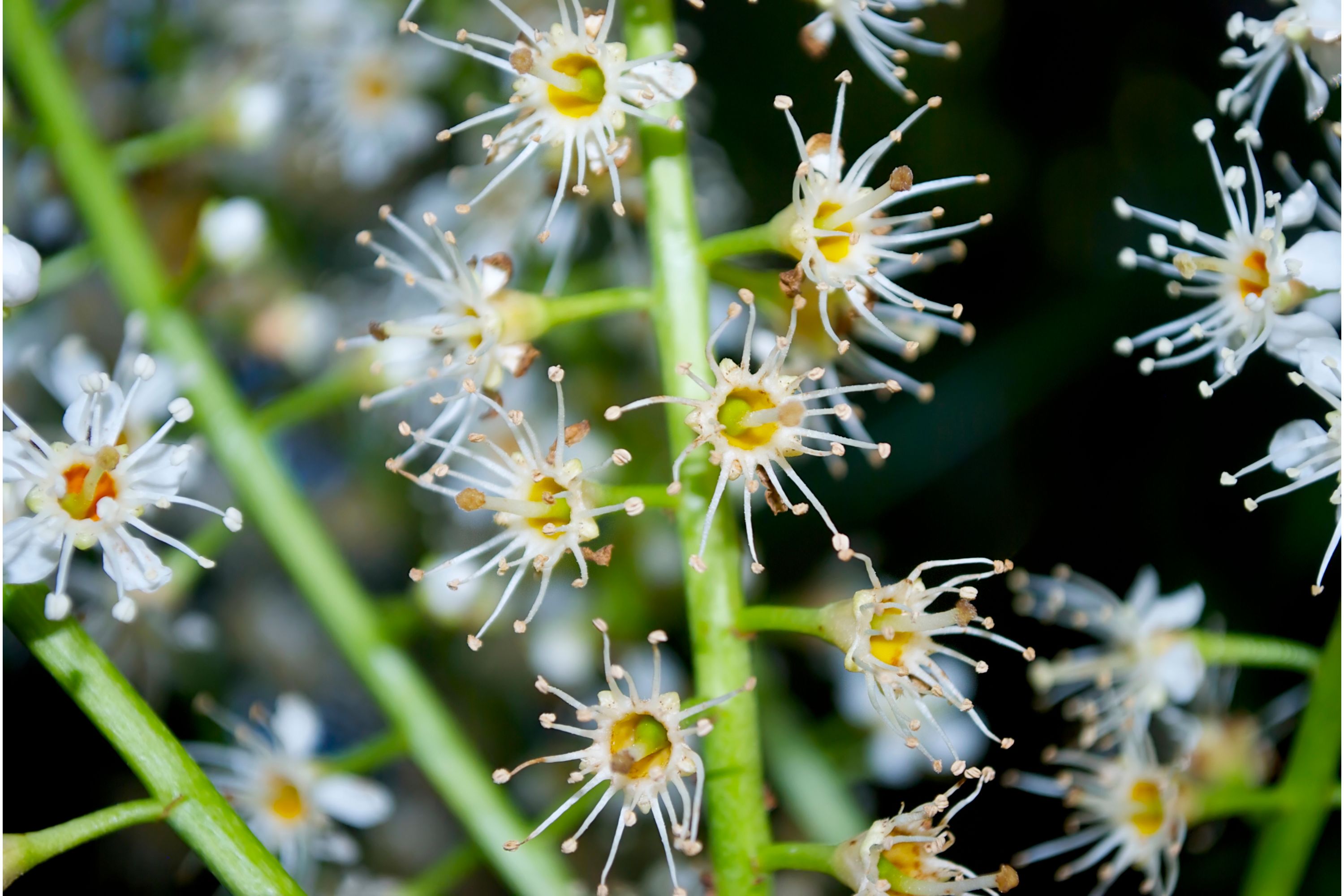Kamahi
(Weinmannia racemosa)

Description
Weinmannia racemosa, commonly called kamahi, is an evergreen small shrub to medium-sized tree of the family Cunoniaceae. It is the most abundant forest tree in New Zealand, occurring in lowland, montane, and subalpine forests and shrubland from the central North Island south to Stewart Island. Kamahi bears racemes of small, pink or white flowers from July to January. Fruits are small capsules, 4–6 mm (0.16–0.24 in) long, ripening from October to May. Kamahi generally occurs with other broadleaf trees, at times acting as a pioneer species which is eventually succeeded by the southern beeches (Nothofagus spp.) or podocarps. It reaches 25 m (82 ft) or more in the Catlins of the south-eastern South Island. In forests to the west of the Southern Alps it codominates with southern rātā (Metrosideros umbellata) and black beech (N. solandri). A closely related tree, tōwai or tawhero (W. silvicola), replaces kamahi in the North Island north of latitude 38°S. The bark is very high in tannin, about 13%, and was once exported for tanning. The inner bark was used as a laxative by Māori. The wood has a tendency to warp or crack, so it is little used despite the tree's abundance. Weinmannia is a genus of trees and shrubs in the family Cunoniaceae. It is the largest genus of the family with about 150 species. It is also the most widespread genus, occurring in Central and South America including the Caribbean, Madagascar and surrounding islands, Malesia and the islands of the South Pacific. It is absent from mainland Africa and Australia, but some fossils have been attributed to Weinmannia in Australia. Leaves are simple or pinnate, with a margin usually toothed, and interpetiolar stipules. Flowers are bisexual, white, arranged in racemes. The fruit is a capsule opening vertically from the top to the base. Seeds hairy without wings.
Taxonomic tree:







